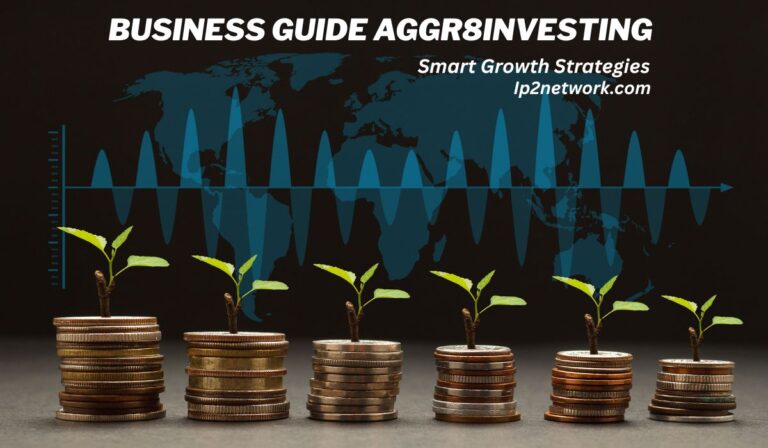
In today’s digital-first world, where businesses compete for attention online, Search Engine Optimization (SEO) has become a vital strategy for growth. Whether you are a startup, small business, or large enterprise, SEO can help you improve visibility, attract customers, and establish authority in your niche.
This article will explore what SEO is, why it matters, its key components, and best practices for 2025.
What is SEO?
SEO stands for Search Engine Optimization, a practice of improving your website so that it ranks higher in search engine results. The higher your website ranks on platforms like Google or Bing, the more people are likely to visit it.
According to Wikipedia, SEO involves both technical and creative elements to improve rankings, drive traffic, and increase awareness in search engines.
SEO is not just about traffic—it’s about bringing the right traffic. Visitors who are genuinely interested in your products or services are more likely to convert into customers.
Why SEO is Important for Businesses
In 2025, digital competition is fiercer than ever. Millions of websites publish content every day, making it difficult for businesses to stand out. Here’s why SEO is essential:
- Increased Visibility – SEO ensures your business appears when potential customers search for relevant terms.
- Credibility and Trust – Users trust Google. If your site ranks on the first page, it instantly adds credibility.
- Cost-Effective Growth – Unlike paid ads, SEO provides long-term traffic without continuous spending.
- Better ROI – Organic traffic often converts better than other channels because users are actively searching.
- Staying Competitive – If your competitors invest in SEO and you don’t, they will capture the audience you are missing.
A report by Search Engine Journal highlights that more than 50% of website traffic comes from organic search. This makes SEO one of the most powerful digital marketing strategies available.
Core Components of SEO
SEO is not a single tactic—it’s a collection of strategies that work together. The three main pillars are:
1. On-Page SEO
This refers to everything on your website that affects rankings. It includes:
- Keyword research and optimization
- Title tags and meta descriptions
- Header tags (H1, H2, H3)
- Internal linking
- Image optimization
Good on-page SEO ensures that search engines can understand your content while delivering value to readers.
2. Off-Page SEO
Off-page SEO focuses on actions taken outside of your website to boost authority and reputation. The most important factor is backlinks—links from other trusted websites pointing to your content.
High-quality backlinks act like votes of confidence. According to Moz, backlinks are one of Google’s top ranking factors.
3. Technical SEO
This is about making sure your website is structured in a way that search engines can crawl and index effectively. It includes:
- Site speed optimization
- Mobile-friendliness
- Secure browsing with HTTPS
- XML sitemaps
- Fixing broken links and errors
Without technical SEO, even great content may not rank well.
The Role of Content in SEO
There’s a saying in digital marketing: “Content is king.” High-quality, relevant content is the backbone of SEO. Search engines aim to deliver the most useful results, so your content must:
- Answer user questions
- Be well-structured and easy to read
- Include keywords naturally (avoid stuffing)
- Offer unique insights or perspectives
- Be regularly updated
Adding visuals, infographics, and videos also improves user engagement, which indirectly boosts rankings.
SEO Best Practices for 2025
Search engine algorithms evolve constantly. Here are the most effective SEO practices to follow in 2025:
- Focus on User Intent – Instead of targeting just keywords, understand what users are really searching for.
- Use Long-Tail Keywords – These keywords may have lower search volume but bring in highly qualified leads.
- Improve Page Speed – A slow-loading site leads to higher bounce rates. Tools like Google PageSpeed Insights can help.
- Mobile-First Design – With most traffic coming from mobile devices, a responsive design is a must.
- Build Quality Backlinks – Guest posting, digital PR, and partnerships can help earn links from authoritative sites.
- Optimize for Voice Search – With smart speakers and voice assistants growing, conversational keywords are increasingly important.
- Leverage Structured Data – Schema markup helps search engines understand your content and can boost visibility with rich snippets.
- Track Performance – Tools like Google Analytics and Google Search Console provide data on traffic, keywords, and performance.
Common SEO Mistakes to Avoid
Many businesses struggle with SEO because they make simple mistakes:
- Overstuffing keywords
- Ignoring meta descriptions
- Publishing thin or duplicate content
- Not optimizing for mobile
- Neglecting internal linking
- Focusing only on traffic, not conversions
Avoiding these mistakes ensures your SEO strategy delivers long-term results.
The Future of SEO
SEO is constantly evolving. With the rise of AI-driven search engines, personalization, and voice search, businesses must adapt quickly. Search engines will focus more on user experience than ever before.
Companies that invest in high-quality content, technical improvements, and ethical link-building will dominate the digital space.
Conclusion
SEO is not a one-time task—it’s an ongoing strategy that requires patience, consistency, and expertise. Businesses that invest in SEO gain sustainable traffic, brand credibility, and long-term growth.
By focusing on on-page, off-page, and technical SEO, while keeping user intent in mind, you can ensure your website thrives in 2025 and beyond.
If you want to grow your online presence, start implementing these SEO best practices today.













